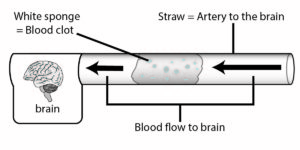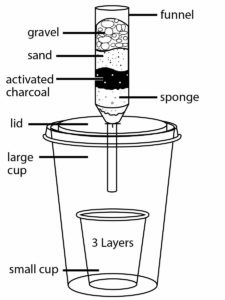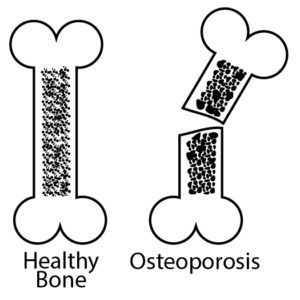Science Take-Out has three new kits that were funded by a Small Business Innovation Research (SBIR) grant from the National Institutes of Health. The purpose of our SBIR project was to develop and evaluate the use of Science Take-Out kits that integrate STEM (science, technology, engineering, and mathematics) concepts into real-life topics related to human health problems and solutions. These STEM and Health kits are designed to enable science teachers to easily integrate hands-on STEM activities into their existing curricula.
Here are our three STEM and Health kits, along with some comments (in italics) from teachers throughout the US that participated in field testing:
Testing a Clot Buster – Students test a new clot busting drug and engineer a clot removing tool
- “The concept of stroke fits in nicely with body systems. Practicing measuring was helpful.”
- “I liked the way students had a chance to be creative creating a way to remove the clot with an instrument.”
- “Part 3 is a great section that demonstrates how to analyze data and draw conclusions. This was good practice for the scientific method.”
- “Students loved the kit. It was like Christmas morning, they were so eager to play with all of the materials.”
Treating Dirty Water – Students build and test models to illustrate water treatment processes
- “The kit is great to teach students to analyze data, and the lab activity is very interesting. The writing element is great.”
- “I really liked this kit. It works through the scientific method process and it connects to a real life/career situation.”
- “The kit is relevant—particularly for my community.”“
- The kit demonstrates a practical application of science in the field and how it impacts our daily life. Not only is science content covered—but also the engineering component.”
Brittle Bones: A Density Problem – Students make models of bones and learn how low bone density increases fracture risk
- “All my classes said they enjoyed making the models.”
- “My students did not know about osteoporosis until now.”
- “I love the density portion of the lab. I also like that the students had to decide on the amount of calcium in their models.”
- “It reinforces density and it is a great way to visualize what is happening inside our bodies.”